Introduction
ABSTRACTThis review article aims at giving insight into cellulose-based nanomaterials and their potential use for wound dressing applications. The first
ABSTRACTThis review article aims at giving insight into cellulose-based nanomaterials and their potential use for wound dressing applications. The first
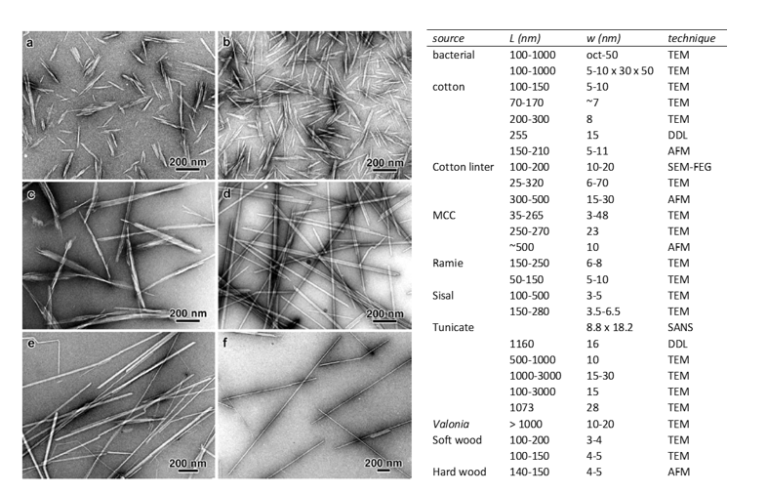
CELLULOSE NANOCRYSTALS (CNCs) Cellulose nanocrystals are rod-shaped particles of high crystallinity. They are isolated from the acid hydrolysis of the
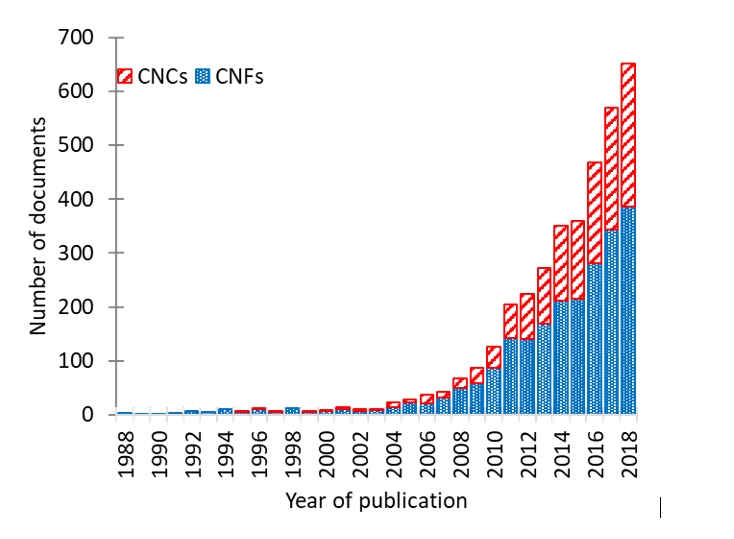
A wide range of nanocellulose particles, in term of morphologies and properties, can be obtained by playing on the preparations

3D porous structures of nanocellulose There is an increasing wish for scaffolds in the biomedical, energy and thermal insulation fields.
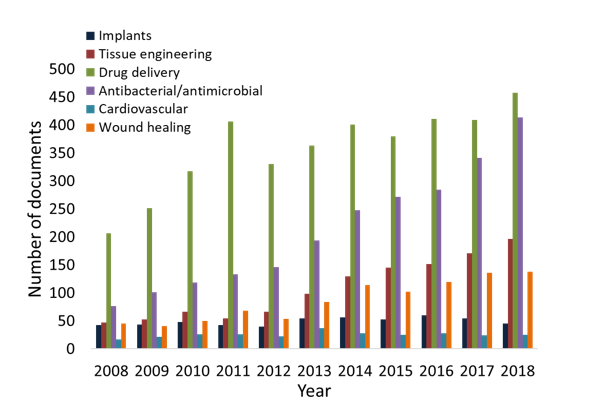
Porous nanocellulose materials have been prepared with various properties to meet the requirements for a wide range of applications, including
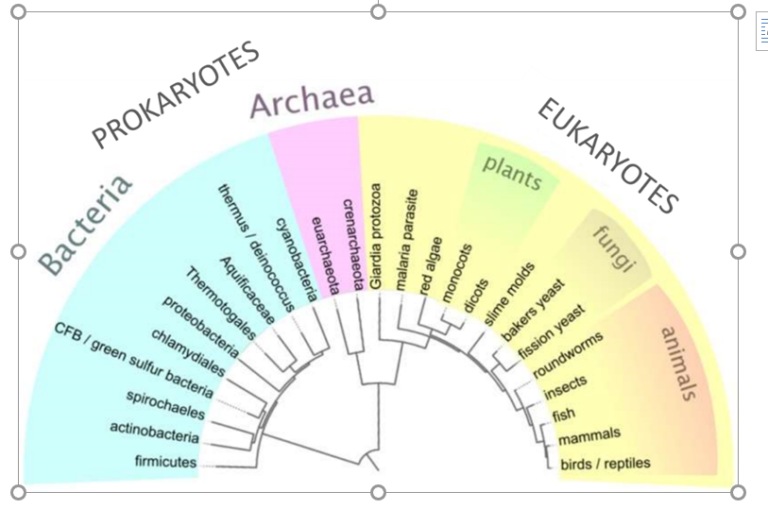
Microorganisms or microbes are defined as living microscopic organisms. They are found in very different parts of the phylogenetic tree
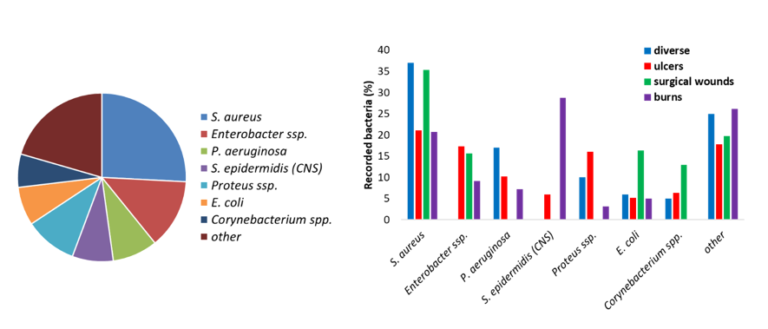
Wounds and wound healing process The skin is an organ protecting the human body from pathogens. A wound is a
Bioactive wound dressings Cellulose: One of the advantages of cellulose in wound dressings is its ability to absorb water and
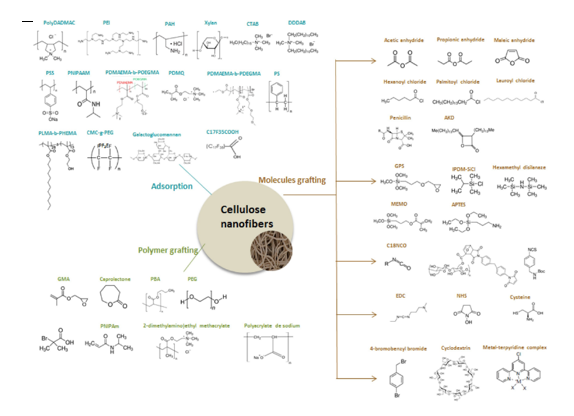
Nanocellulose present numerous interesting properties of renewability, non-toxicity, good mechanical properties, barrier properties, high specific surface areas etc. Applications areas

In the context of nanocellulose functionalization, the trend goes to greener processes to keep the interest of such sustainable materials.
Clementine Darpentigny Clémentine Darpentigny studied polymers for advanced technologies at the Université Grenoble Alpes. During her PhD she investigated the